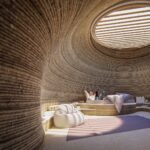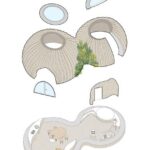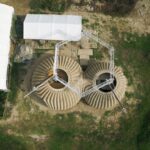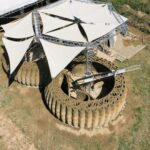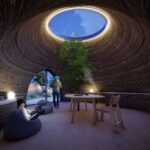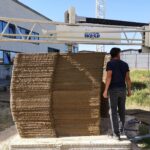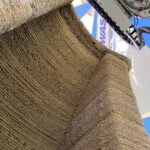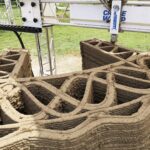A groundbreaking collaboration between Mario Cucinella Architects (MC A) and WASP, renowned specialists in 3D printing in Italy, has resulted in the creation of TECLA, the world’s first 3D-printed housing prototype made entirely from natural, recyclable, and carbon-neutral raw earth. Situated in Massa Lombarda, Ravenna, Italy, TECLA showcases the potential of 3D printing technology in revolutionizing sustainable architecture.
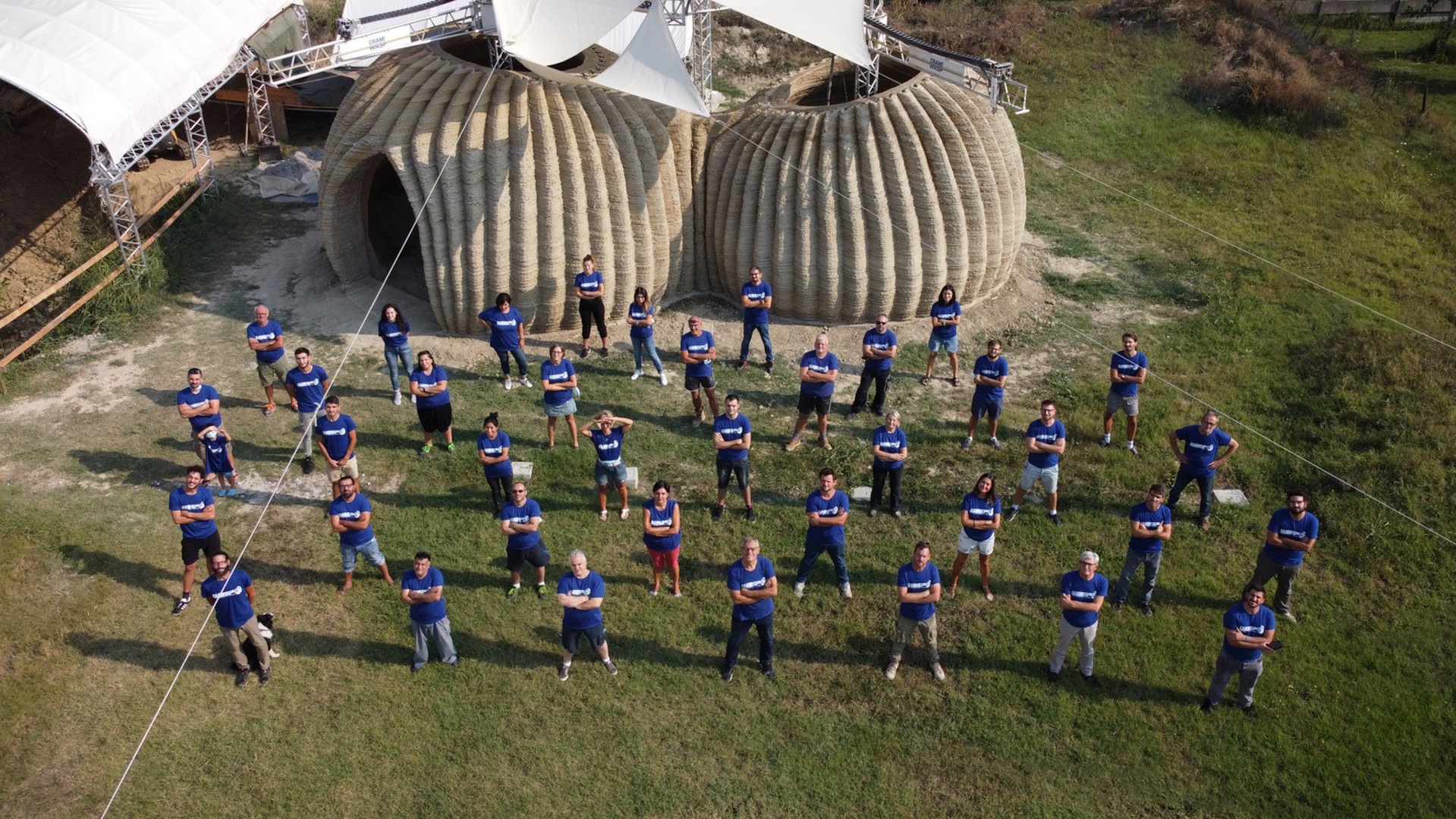
Unveiling TECLA: A Fusion of Tradition and Technology
TECLA, a portmanteau of Technology and Clay, epitomizes the fusion of traditional building materials with cutting-edge digital fabrication techniques. The circular housing prototype features a double dome structure that serves as both the building’s framework and exterior cladding, streamlining construction processes and significantly reducing resource consumption and construction time.
Pushing the Boundaries of 3D Printing Technology
Unlike conventional 3D printing methods focused on manufacturing individual components, TECLA’s construction marks a significant advancement. Utilizing Crane WASP technology, the project employs sophisticated software to synchronize multiple 3D printers, enabling two printing arms to operate concurrently. This modular and multilevel printing system, adaptable to diverse designs, offers endless possibilities for future construction projects, including complex architectural endeavors.
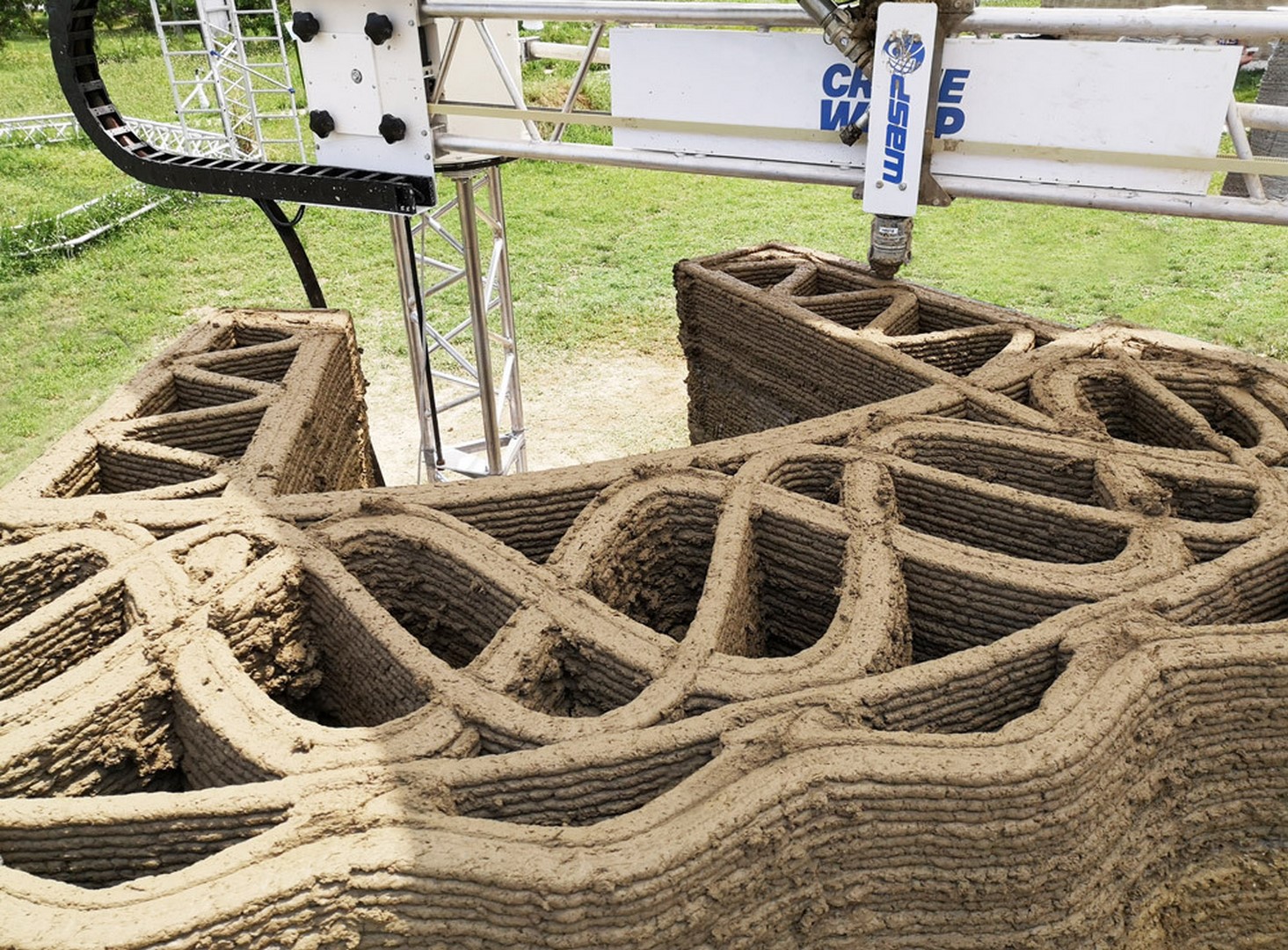
Pioneering Efficiency and Sustainability
The TECLA project required 200 hours of continuous printing, utilizing 7,000 machine codes (G code), 350 layers of 12 mm thickness, and extruding 150 km of raw earth. Impressively, the construction process consumed just under 6 kW of energy. Inspired by the potter wasp, TECLA lays the groundwork for the development of scalable and environmentally conscious habitats, marking a paradigm shift in architecture towards empathetic design and innovative technology integration.
Shaping the Future of Sustainable Architecture
TECLA represents more than just a housing prototype; it symbolizes a transformative approach to architecture, prioritizing the harmonious coexistence of humanity and nature. Mario Cucinella describes it as a “paradigm shift,” addressing both human needs and environmental stewardship. As 3D printing technology continues to evolve, TECLA sets the stage for a future where sustainable, efficient, and resilient architecture becomes the new standard.


